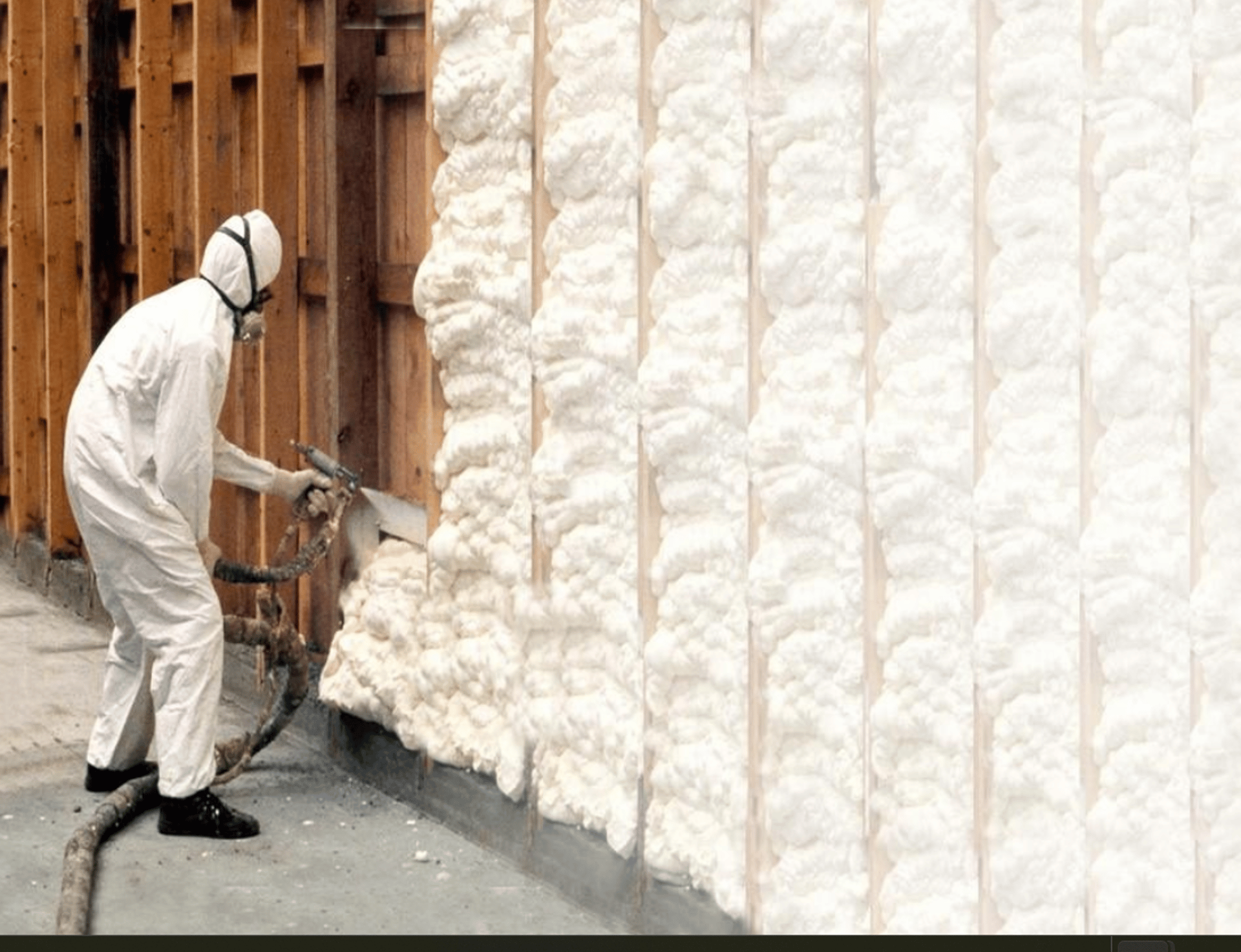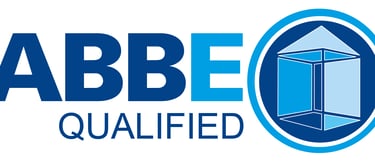The Hidden Costs of Spray Foam Insulation: A Cautionary Tale for Homeowners


In what seemed like a promising solution for energy efficiency, hundreds of thousands of UK homeowners opted for spray foam insulation in their homes. However, this decision is now returning to haunt many, as major mortgage lenders increasingly refuse to finance properties fitted with this type of insulation.
The Growing Crisis
Recent investigations by the BBC have revealed that a quarter of the UK's largest mortgage providers refuse to lend against homes with spray foam insulation in their roofs. This affects an estimated 250,000 homes across the country, many of which had the insulation installed under the government's Green Homes Grant scheme.
A Family's Nightmare
Take Wendy Rowe's story, for instance. When her elderly father had spray foam insulation installed in his Leicester property, it seemed like a smart decision. As a pensioner on attendance allowance, he qualified for the full £4,331 installation cost under the Green Homes Grant scheme. The promise was simple: a warmer home and lower energy bills.
However, when it came time to sell the property after her father's passing, the family discovered the harsh reality of their situation. Not only did potential buyers back away, but mortgage lenders also refused to finance the purchase. The family found themselves forced to replace the entire roof for nearly £10,000, split with the eventual buyers. Add in surveyors' fees, administration costs, and ongoing utility bills, and the "free" insulation became an expensive burden.
Understanding the Problem
Spray foam insulation comes in two varieties: closed-cell and open-cell. While both types have legitimate uses, the concerns stem from potential installation issues:
- Closed cell foam, while excellent for insulation and previously used to stabilise failing roofs, can stress timbers and restrict air circulation if poorly installed
- Open cell foam, though more breathable, can trap moisture when applied over certain types of roof underlayment
- The foam's presence makes it difficult for valuers to inspect roof timbers properly
The Lending Landscape
Major financial institutions have taken varying stances on the issue:
- TSB Bank, Skipton Building Society, Co-operative Bank, Principality, and Aviva have completely banned lending against properties with spray foam insulation
- Yorkshire Building Society and Metro Bank generally avoid properties with significant spray foam installations
- Larger banks like Lloyds, Nationwide, Barclays, NatWest Group, and Santander evaluate applications case-by-case but often require extensive documentation and specialist reports
Looking Forward
The situation has created a complex challenge for homeowners. While the Insulation Manufacturers Association maintains that properly installed spray foam can be beneficial, the Homeowners Alliance now recommends against it until the issues with lenders and rogue traders are resolved.
For those already affected, experts recommend:
- Maintaining complete documentation, including product certificates, installer warranties, and survey reports
- Seeking free "health checks" from installers or manufacturers
- Getting independent assessments from qualified spray foam surveyors
This situation is a stark reminder that even well-intentioned home improvements can have unforeseen consequences. Before making any significant changes to your property, it's crucial to consider not only the immediate benefits, but also the potential impact on your home's future marketability and financing options.
As the industry grapples with these challenges, thousands of homeowners remain caught in limbo, facing difficult decisions about whether to remove the insulation at a significant cost or accept limited options for selling or refinancing their homes.






